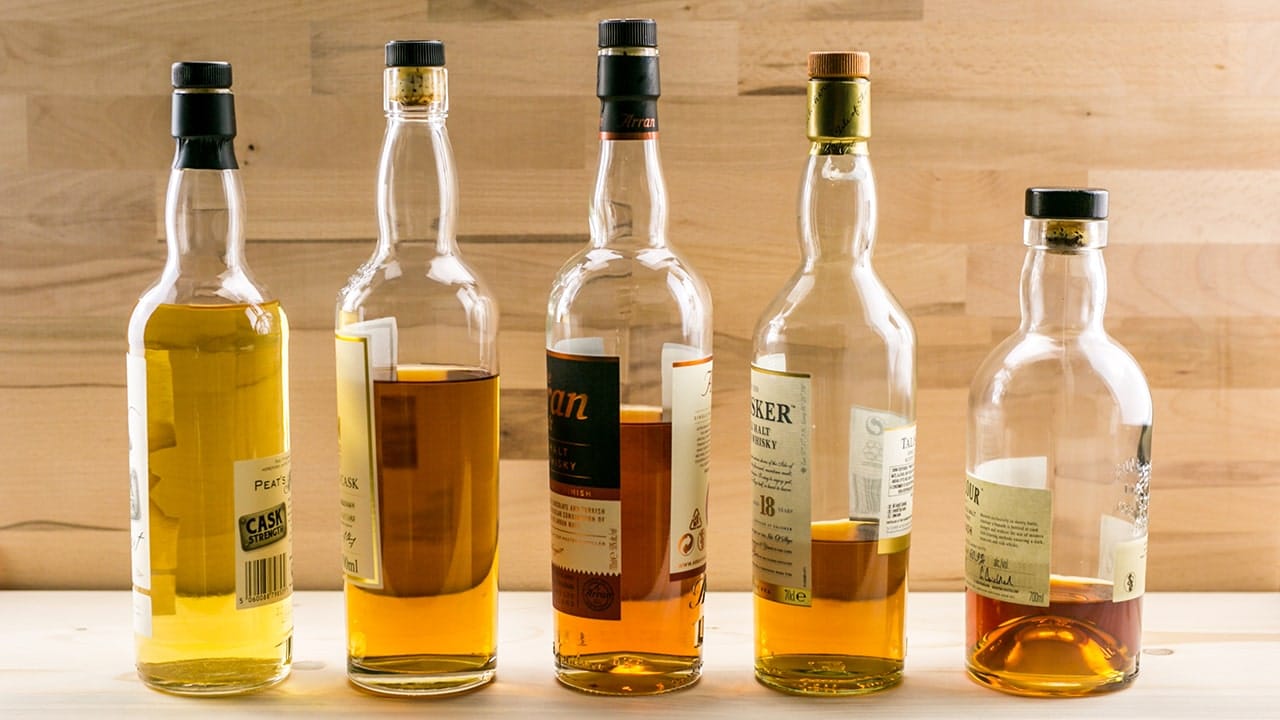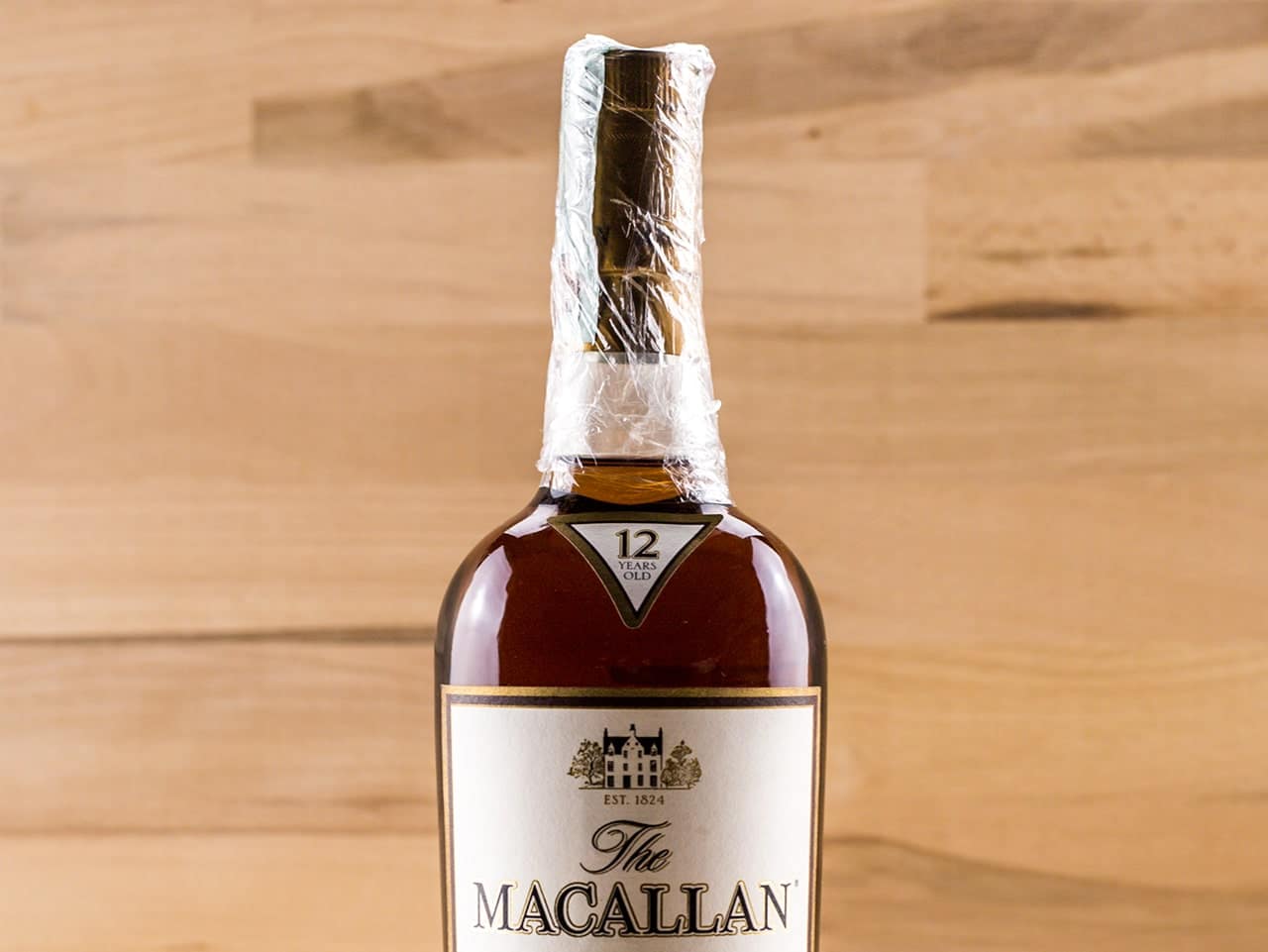
How to properly store bottles is a topic involving many people passionate with whiskies, being them real collectors or mere spirits lovers with several different bottles open at the same time. In both cases storage has to be carefully considered: practical rules are few, but important ones.
Open bottles may represent a problem, especially when spirit level reaches half of the total bottle volume; in this case the percentage of air inside, thus also the oxygen one, is quite high, much higher than the closed or just opened bottle. Oxygen can deteriorate the spirit, starting the oxidation, process, a chemical phenomenon modifying the inner structure of the liquid. This will lead to change the characteristics of our distillate, making it way different from what it tasted the first time we opened up the bottle.
Without providing a detailed chemical explanation of the process involved, oxidation slowly, yet relentlessly alters the spirit in a big way.
We directly tested this phenomenon with two different bottles: Talisker 10 and Bowmore Laimrig Batch 3, both opened in 2012 and with same level of whisky inside, approximately a quarter of the total volume when re-tested.
- The Talisker, probably due to the lower alcohol percentage, lost some of its original character: it has become mellower and the smoked character has vanished.
- The Bowmore, on the contrary, with an alcohol percentage higher than 50°, seems to have kept the original aromas and tastes, which are also in this case slightly less intense, however without passing the limit and becoming unrecognizable. The current tastings, done when the bottles have been opened the first time, tell us stories of different products, especially when looking at the Talisker.
Physical storage of the bottles is of course quite relevant:
- Temperature and humidity should be controlled: temperature should be between 15 and 23 degrees centigrade, and humidity between 55% and 75%, the latter impacting, more than the spirit, labels and external boxes, precious materials for collectors and shops. Sudden temperature changes have to be avoid as much as possible. Several small cellar types, suitable for several bottles, are available for this purpose and can be very helpfull.
- Vertical position: wine requires an impregnated cork to avoid air to enter the bottle. This is not the case for the spirit: a wet cap is not suitable for our spirit, which can rest in vertical position for several years.
- Light: direct light has to be avoided, even though behind a glass or a display showcase. Closed places, such as basements and wardrobes, are more effective, even better if the bottles are kept in the external packing, tube or carton.
- To further protect our bottles we could use transparent kitchen tape (or other commercially available tapes) to seal the cap area, thus avoiding extra air exchange, isolating the parts in contact with air (label) and preserving the eventual collectors’ value.
- Even though it seems not evident, and maybe slightly redundant, it is fundamental to keep a list of the bottles belonging to our collection, especially for large stored quantities. This will be useful to periodically verify the status of our collection, monitoring the bottles with some evaporation problems, and finally to avoid purchasing undesired bottles we already own.

Extra tips can be provided to store open bottles. To avoid the unpleasant breaking of the cap, which can sometimes happen, it is useful to periodically verify the cap itself, and slightly rotate it from time to time. When caps are not perfect, they can be substituted with other ones, kept for this specific purpose. For the areas where whisky can be tasted, the suggestion is to keep the bottles away from sudden temperature variations (ovens, coffee machines, fridges, grills) and from particular or intense smells.

